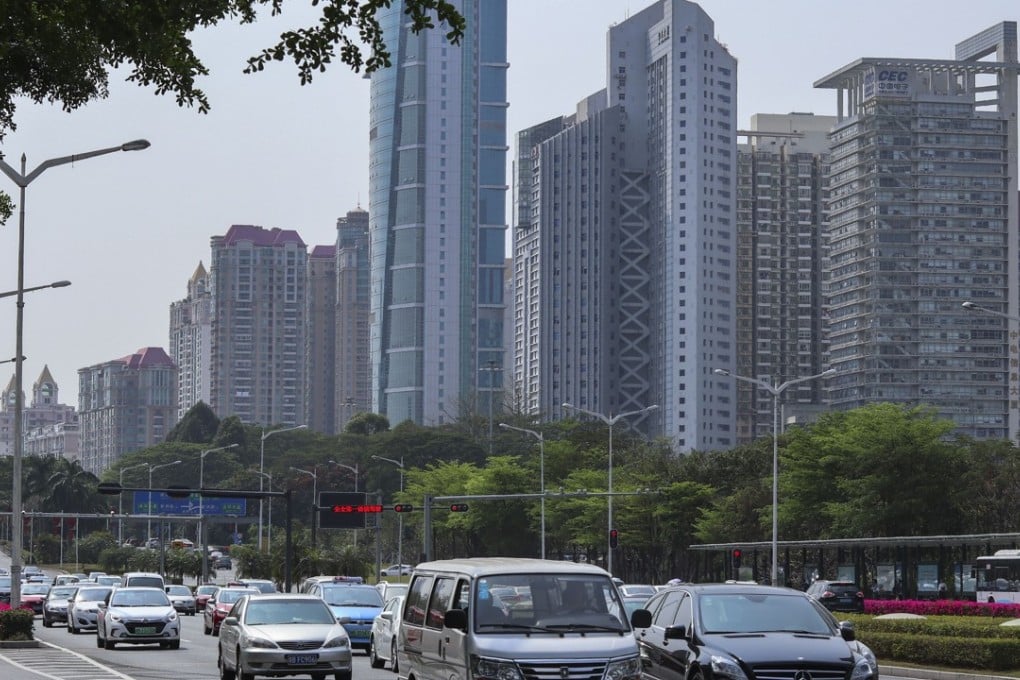Concrete Analysis | Shenzhen’s rising costs boost office demand in Hong Kong as local firms return home
- Growing number of small to mid-sized firms has ceased operations in Shenzhen in the past 12 months
- Each firm is vacating between 2,000 to 8,000 sq ft of floor area

A question that was often asked in the 1990s is now increasingly being discussed by tenants.
At that time, Hong Kong companies had begun to venture into mainland China, choosing Shanghai and Beijing as strategic pathways into East and North China respectively, and benefiting from the two cities’ fast development. Shenzhen was also an attractive option, but for different reasons. With lower rents and labour costs, as well as easy access to Hong Kong, the southern Chinese city drew companies that sought to lower their operating costs.
However, in the last two to three years, Shenzhen has lost its lustre as rapid economic development on the mainland pushed rents and labour costs up to levels that are almost comparable to those in Hong Kong.
For the last 12 months, a growing number of Shenzhen-based Hong Kong companies are packing up and heading home. At this point, they have been mainly small and medium-sized firms that ceased their leases and vacated floor areas in Shenzhen of anything between 2,000 to 8,000 square feet. Some bigger companies have followed suit, with more expected to follow if the trend continues to gather steam. Whether the trend will continue is uncertain as the Greater Bay Area is forming a counter-force to attract companies to move to Shenzhen.
Currently, rents in Hong Kong and Shenzhen are not significantly different.
Grade A office rent in decentralised Kowloon and Grade B office buildings in centralised Kowloon are currently asking for HK$24 to HK$28 per sq ft and HK$29 to HK$38 per sq ft respectively, while Shenzhen Grade A office rent sits at around HK$25-30 per sq ft.
Whether that trend will continue is uncertain as the Greater Bay Area is forming a counter-force to attract companies to move to Shenzhen
